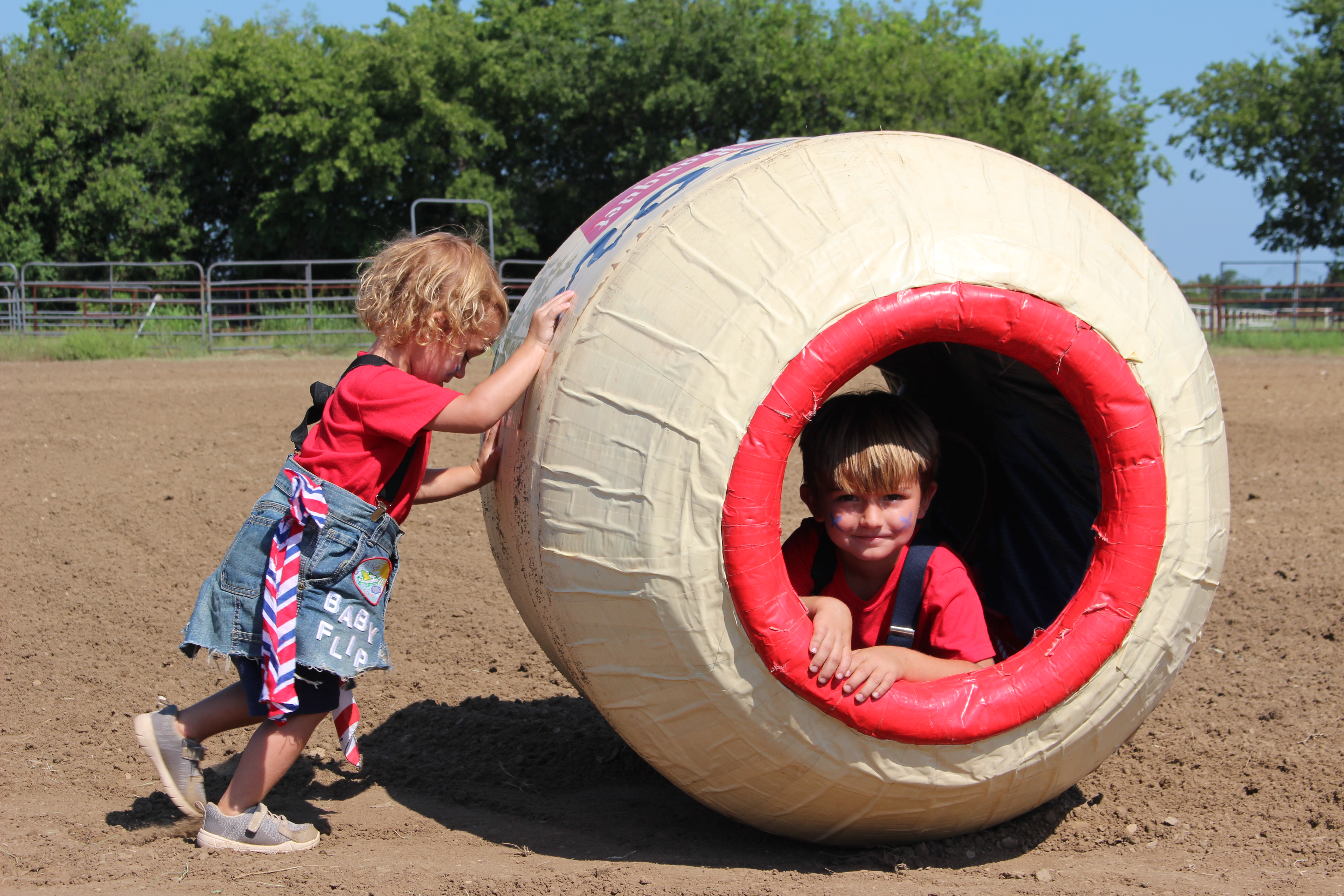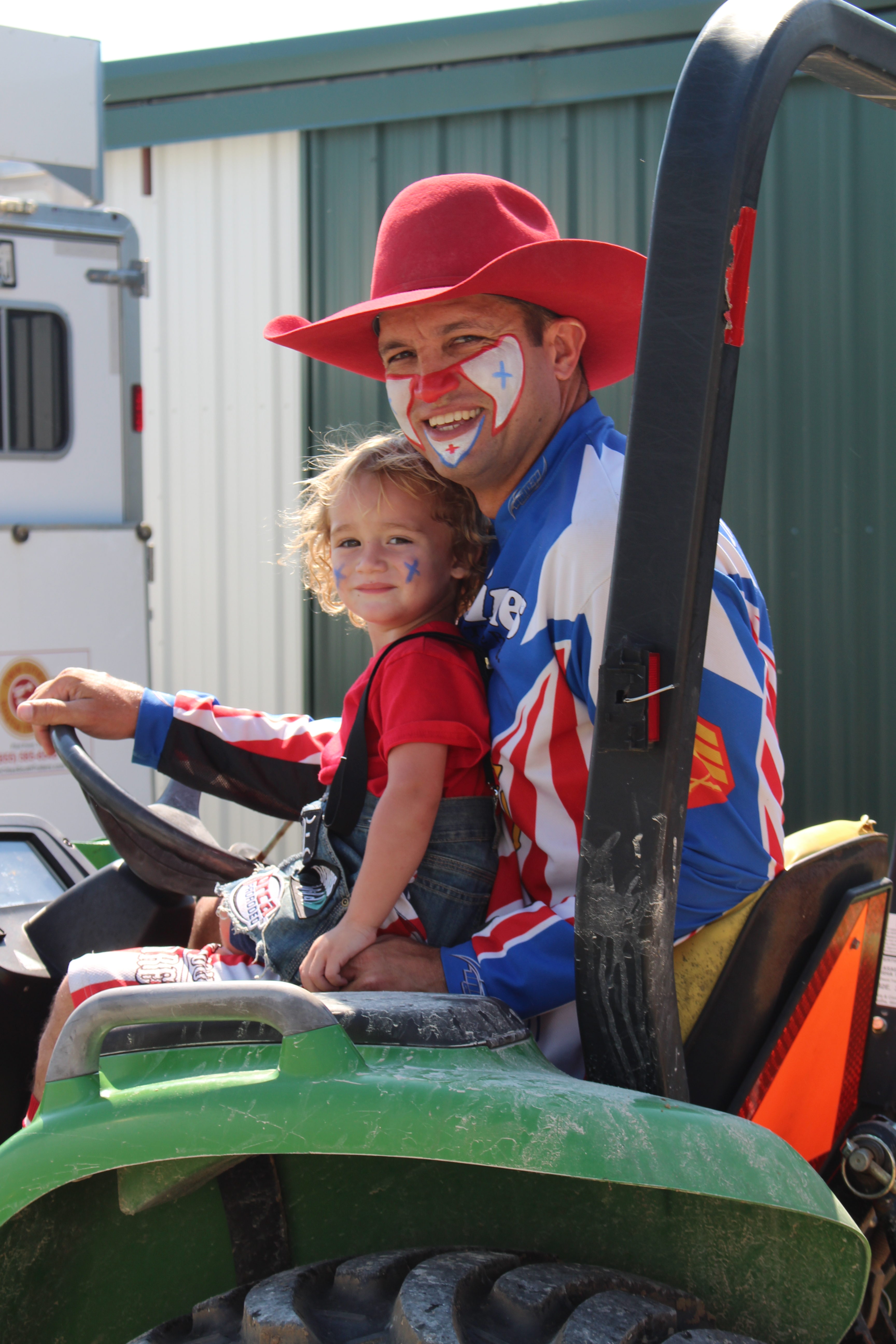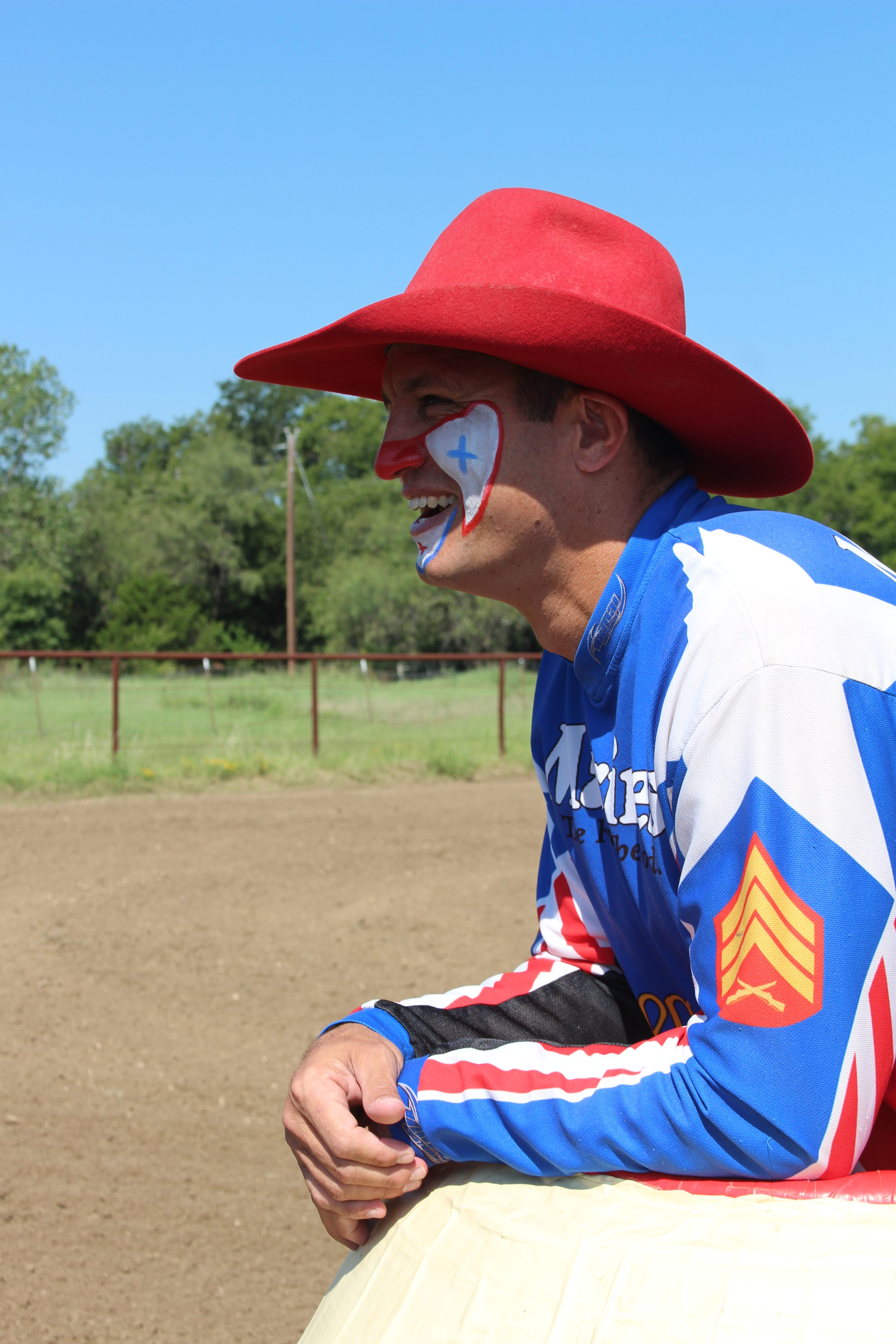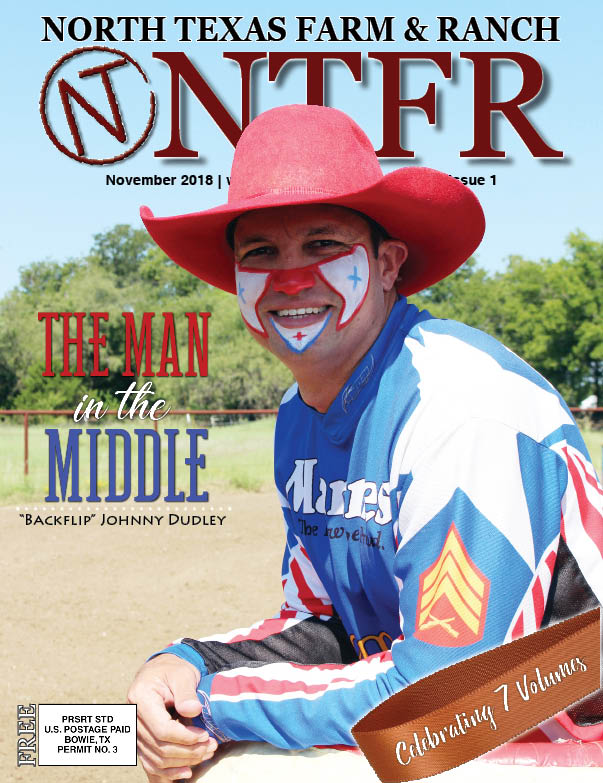Country Lifestyles
November 2018 Profile : “Backflip” Johnny Dudley — The Man in the Middle

By Jessica Crabtree
Imagine a career where there are lights, cameras, action and a star-studded number of participants. Think of a large crowd, high-energy music, excitement and the payoff being in laughter and applause. That description fits a significant few who are talented, brave, quick-witted and funny. All of this is done in one arena and describes the man in the middle, the entertainer, the comic relief, the man in the barrel— the rodeo clown.
For rodeo clown and barrel man Johnny Dudley, he was not raised around rodeo or in a rural setting. Dudley was born and raised in the small southeast Texas town of Dayton, east of Houston. “I had a cousin who was a bull rider. From second grade on, all I wanted to be was a bull rider,” Dudley said, although the following year through high school, sports dominated most of his time. After graduation, Dudley made a decision. “In my hometown you either went to college or work at one of the chemical plants.” With no means to pursue college, at 18 Dudley entered the United States Marine Corps.
As a high-schooler, Dudley could remember all four of the military chapters visiting the school; however, it was the Marines that caught his eye or in his words, “looked way cooler.” Dudley entered the Marines in 1996, serving eight years as an air-traffic controller. Recalling the time, Dudley relates the decision as one of his best. Boot camp was in San Diego, Calif., which Dudley described as, “In my platoon there were 72 people. There were people there from all over. Being from the south and a small town, there were a few of us raised with manners, values and ethics. Those who weren’t didn’t have as easy of a time.” Travelling across the United States, stationed in California, Florida and South Carolina, the Marines allowed the then young man the chance to see America early on.
To read more pick up a copy of the November 2o18 NTFR issue. To subscribe call 940-872-5922.
Country Lifestyles
While We Were Sleeping
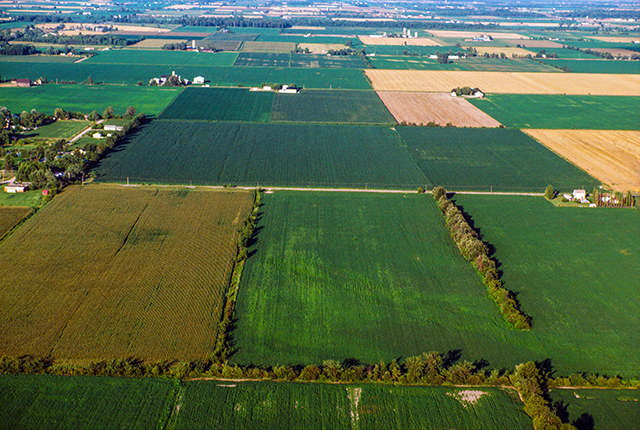
By Martha Crump
That old adage, “What you don’t know won’t hurt you.,” may have some basis in truth when applied to minor situations. However, when what you don’t know is presented in the form of a “Trojan Horse” and is what amounts to an incredible attempt to fleece American property rights, it becomes a different story altogether.
To put this unbelievable tale together, we need to step back to Joe Biden’s 2021 Executive Order which pledged commitment to help restore balance on public lands and waters, to create jobs, and to provide a path to align the management of America’s public lands and waters with our nation’s climate, conservation, and clean energy goals.
To read more, pick up a copy of the April issue of NTFR magazine. To subscribe by mail, call 940-872-5922.
Country Lifestyles
Lacey’s Pantry: Strawberry Sorbet

By Lacey Vilhauer
Ingredients:
1 whole lemon, seeded and roughly chopped
2 cups sugar
2 pounds strawberries, hulled
Juice of 1 to 2 lemons
¼ cup water
Directions:
Place the chopped lemon and sugar in a food processor and pulse until combined. Transfer to a large bowl. Puree the strawberries in a food processor and add to the lemon mixture along with juice of one lemon and water. Taste and add more juice as desired.
To read more, pick up a copy of the April issue of NTFR magazine. To subscribe by mail, call 940-872-5922.
Country Lifestyles
A Mountain Out of a Molehill

By Nicholas Waters
As winter plods along – come Spring and gopher mounds – homeowners and farmers find themselves playing a familiar song – fiddling while Rome is burning.
Let’s make a mountain out of a molehill. Those mounds on your lawn and pasture could be moles, but they’re more than likely gophers; Plains Pocket Gophers to be pragmatic – Geomys bursarius to be scientific.
These rodents dig and chew, and the damage they can do goes beyond the mounds we mow over. Iowa State University cited a study in Nebraska showing a 35 percent loss in irrigated alfalfa fields due to the presence of pocket gophers; the number jumped to 46 percent in decreased production of non-irrigated alfalfa fields.
The internet is replete with academic research from coast-to-coast on how to curtail gopher populations, or at least control them. Kansas State University – then called Kansas State Agricultural College – also published a book [Bulletin 152] in February 1908 focused exclusively on the pocket gopher.
To read more, pick up a copy of the April issue of NTFR magazine. To subscribe by mail, call 940-872-5922.
-

 Country Lifestyles1 year ago
Country Lifestyles1 year agoScott & Stacey Schumacher: A Growth Mindset
-

 Equine7 months ago
Equine7 months agoThe Will to Win
-

 Country Lifestyles7 years ago
Country Lifestyles7 years agoStyle Your Profile – What your style cowboy hat says about you and new trends in 2017
-

 Country Lifestyles4 years ago
Country Lifestyles4 years agoAmber Crawford, Breakaway Roper
-

 HOME7 years ago
HOME7 years agoGrazing North Texas – Wilman Lovegrass
-

 Country Lifestyles7 years ago
Country Lifestyles7 years agoDecember 2016 Profile, Rusty Riddle – The Riddle Way
-

 Country Lifestyles8 years ago
Country Lifestyles8 years agoJune 2016 Profile – The man behind the mic: Bob Tallman
-

 Outdoor9 years ago
Outdoor9 years agoButtercup or Primrose?

